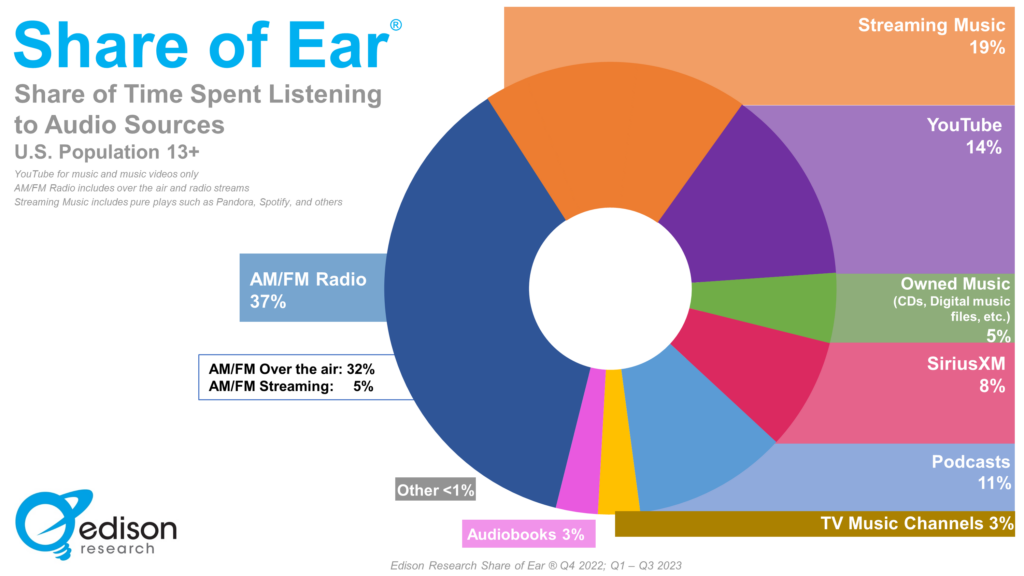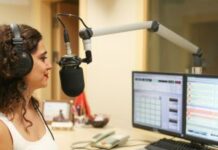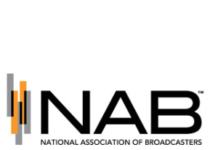
Edison Research is giving a first look at the latest data in its ongoing Share of Ear report, which delves into the audio consumption habits of Americans aged 13 and above. The new data for the third quarter of 2023 shows another solid showing for OTA radio, even as streaming audio climbs.
AM/FM Radio has maintained its robust presence, accounting for 37% of daily audio consumption, including traditional over-the-air and online streaming. Podcasts have hit a new milestone, now constituting 11% of all daily audio consumption for this demographic. Similarly, streaming music also saw an uptick, securing a 19% share of daily audio consumption.
On the flip side, owned music such as CDs and digital files has seen a decline, now making up only 5% of daily listening time. Other categories like SiriusXM, YouTube for music and videos, and audiobooks fill in the remaining share, with percentages ranging from 3% to 14% of daily audio consumption.

Looking ahead, Edison Research and Amazon Ads have announced an upcoming webinar on November 2, Audio in Evolution: Five Megatrends from a Decade of Streaming Research, set to explore the significant trends steering the growth in audio consumption. It will also discuss the brand opportunities these trends could bring in the realm of audio advertising. This upcoming study will utilize data from Edison Research’s Share of Ear and Infinite Dial, complemented by a fresh survey of 1,058 U.S. adults and in-depth interviews with 30 individuals to shed light on the future trajectory of audio consumption trends.










HD was promoted very well. However, I remember being at an NAB listening in an HD equipped vehicle. The demonstrator said, “Sounds great, right? Too bad there’s nothing to listen to!” That’s the point. If there was something more popular than the Deep Cut Channel, The Comedy Channel or The Irish Channel (with certainly no offense to Irish Comedians in Boston) HD would have caught on. 25 years later, many folks don’t know how to go from FM to HD-2….because in many cases, there’s little to listen to. But, there certainly could be. FM translators and digital streams are great for a good sounding AM with content. 1220watx.com
I agree on the lack of marketing for HD. My concern in today’s times is the lack of communication in the event of a national emergency. In my opinion our digital infrastructure is pretty fragile. Terrestrial radio is more reliable.
With the minimal availability of tuner radios and the lack of independent studies of audio consumption it’s difficult to understand how these numbers align. The 35 plus demo continues to listen the terrestrial radio as they grew up with it. Kids do not. A 27 year old and all her close friends and acquaintances stream everything. Some have XM to avoid ads. A 15 year olds friends all stream everything. None own a radio, little less a car with one. None of the above have a radio tuner in the home or garage, all have Bluetooth speakers.
When a radio property was put on AM 6 years ago I personally went all over town trying to buy radios with HD because the station remained on an HD2 channel. I didn’t find any radio tuners little less an HD radio. This is in market #7.
Point of rant … we need real world independent studies and a better way to mesure terrestrial radio consumption. Every audio property that is not measured causes miscalculation of results. A measuring system needs to be affordable for smaller companies to participate. For terrestrial radio the on air and online numbers need to be together to convey a cohesive measurement.
We need to stop kidding our selves by using the “tools” we have today to measure. If we only have one, for-profit company, measuring ………………. OK, I’ll stop here.